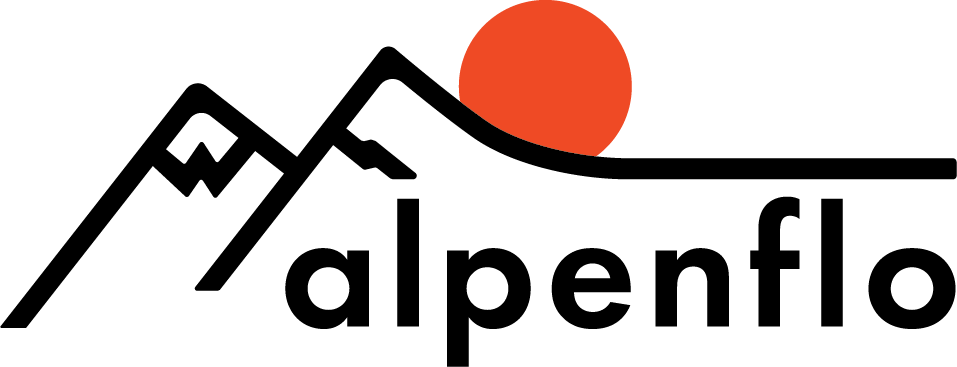Fastpacking Gear Tips
Shelter as Pillow in Good Weather - Mt. Jefferson Wilderness, OR
Fastpacking takes fast & light backpacking a step further. The goal here is to strip weight and streamline your kit to allow running. Running the flats and downhills will allow for much faster mountain travel and can unlock some incredible routes.
Putting some thought, time, and money into your equipment will yield systems that work well and aren’t a distraction. Which leaves you free to focus on what really matters. The joy of movement, the people you’re with, and vast, wild places.
Below you’ll find some notes on the gear I’m using now.
Note - for theory behind selecting your gear, see
Fast & Light Backpacking, 4 Tips to Get You Started
Disclosure - I’m a trail running athlete for Salomon and received discounted and free gear from Salomon & Suunto.
Primary Systems
Loowit Trail - Photo Steven Mortinson
Shelter: Black Diamond Beta-Light
This shelter is light, packable, easy to pitch, and offers good weather protection. I’ve used it as a backup shelter on summer trips and a cooktent at 14,000 feet on Denali and it’s performed well. Downside is that it’s floorless and miserable if mosquitos are bad.Sleep System:
Therm-A-Rest NeoAir X-Lite,
Therm-A-Rest Vesper 20F Quilt
I’ve had my X-lite pad for years. It’s comfortable, light, packable and (fairly) durable. Carry a patch kit because it’s worthless if you puncture it.My Vesper quilt is new this year and I’ve only logged six nights in it so far. I’m sold on quilts. This one is very warm, isn’t drafty, is light, and packs small. I’m 6’ and and like the ‘long’ version because I can pull it over my head in cold temps. The 20F quilt has kept me warm down to freezing, and I sleep moderate-cold.
Pack: Salomon XA 35
My first true fastpack. I’ve used this on three trips so far averaging ~25 miles/day. I like the pack’s fit, easy water/food access, size, and weight. We’ll see how it holds up to the long-term durability test.
Lumpy, locked, and loaded. Mt. Jefferson Wilderness, OR
Essentials
Stove/Pot:
SnowPeak GigaPower
Evernew 900 mL Ultra-Light Pot
SnowPeak GigaPower is my choice for multi-person trips where more hot water is needed and boil speed matters. Alcohol stoves are lighter, but I don’t have enough experience to recommend any (yet).
Water Filter: Salomon XA or Katadyn Be-Free
Both are excellent, lightweight squeeze filters
Poles: Black Diamond Distance Carbon FL-Z
Lightweight, but I’ve broken a couple of these. Black Diamond has been quick with warranty replacements.
Headlamp: Petzl Actik Core (Review)
GPS App: Caltopo & Gaia GPS
I primarily use Caltopo for planning and notes, Gaia GPS for navigating in the field
Personal Locator Beacon: Garmin InReach Mini
Extremely light and small with two-way text ability
Rain/Wind Shell Jacket: Salomon MotionFit 360
Excellent but very expensive and best suited for running. Arc’teryx Zeta SL (waterproof) or Patagonia Houdini (windproof) are other options
Insulating Jacket: Arc’teryx Atom LT
A synthetic puffy is a key layer for quick warmth when you need it. In warm conditions I’ll substitute a midweight layer
Fastpacking Kit and Food for One Night
First-Aid Kit: NOLS Med Kit 1.0 with Additions
Nols offers a good starting point, customize with what you need. I add blister tape, AAA batteries, a GU packet, duct tape, and a lighter.
For years now I’ve been a fan of light backpacking. But I’ve never before spent the time, effort, and money to make my kit truly light.
This year I decided to invest in a few pieces of gear and make a go of it. I’ve been amazed at how fun it is. My light pack barely feels like a burden and it’s much easier to cover mileage and vert.
Questions or feedback? Leave a note in the comments!
Taking Gear Very Seriously - Glacier Peak Wilderness, WA
Keep Learning
Theory behind gear selection: Fast & Light Backpacking, 4 Tips to Get You Started
For a complete gear list and packing video, see Kit: Fast and Light Backpacking






